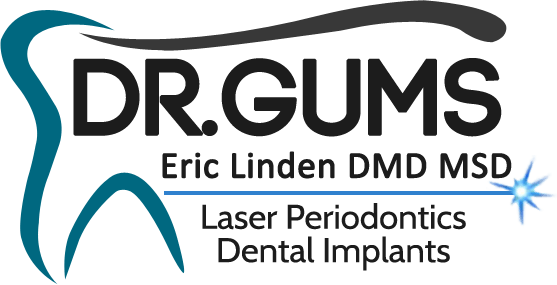Peri-implantitis is analogous to periodontitis and shares many similarities in etiology and pathogenesis but has some distinct differences.4 It is estimated that peri-implantitis affects 28%-56% of all implant patients and 12%-43% of all implants.5 This disease entity is distinct from mucositis, which is also defined as plaque-induced inflammation only without associated bone loss. Peri-implant mucositis is analogous to gingivitis and is a precursor to peri-implantitis. Mucositis is believed to affect about 80% of all implant patients and 50% of all implants.5 Risk factors for developing both peri-implant mucositis and peri-implantitis include poor oral hygiene, diabetes, a history of periodontitis, and smoking 1 ‘4-a list that, not surprisingly, is similar to risk factors for developing gingivitis and periodontitis.
When the breadth of the dental implant market is considered, peri-implantitis is potentially a significant global health care problem. In 2012, an estimated 1 260 000 dental implant procedures were performed in the United States alone, at with an estimated market value of $900 million. The dental implant market is expected to grow to more than $2 billion by 2021 in the United States and to $6.8 billion by 2024 implant. Peri-implantitis is analogous to periodontitis and shares many similarities in etiology and pathogenesis but has some distinct differences.4 It is estimated that peri-implantitis affects 28%-56% of all implant patients and 12%-43% of all implants. This disease entity is distinct from mucositis, which is also defined as plaque-induced inflammation only without associated bone loss. Peri-implant mucositis is analogous to gingivitis and is a precursor to peri-implantitis. Mucositis is believed to affect about 80% of all implant patients and 50% of all implants. 5 Risk factors for developing both peri-implant mucositis and peri-implantitis include poor oral hygiene, diabetes, a history of periodontitis, and smoking1 ‘4-a list that, not surprisingly, is similar to risk factors for developing gingivitis and periodontitis.
When the breadth of the dental implant market is considered, peri-implantitis is potentially a significant global health care problem. In 2012, an estimated 1 260 000 dental implant procedures were performed in the United States alone, at with an estimated market value of $900 million. The dental implant market is expected to grow to more than $2 billion by 2021 in the United States and to $6.8 billion by 2024 worldwide. If 28%-56% of all implant patients and 12%- 43% of all implants develop peri-implantitis, this potentially adds millions (if not billions) of dollars in additional treatment costs. More importantly, given our understanding of the potential adverse effects of periodontal disease on system health, peri-implantitis may also increase the risk for various systemic diseases, given its similarities with periodontitis.
This clinical problem is also exacerbated by the challenges in diagnosis as well as a lack of high quality and long -term treatment data. An accurate diagnosis is an absolute requirement to successfully treat any clinical condition. Crestal bone loss around implants caused by peri-implantitis must be differentiated from bone loss that occurs from a variety of other reasons unrelated to plaque or inflammation. This includes physiologic bone remodeling, establishment of biologic width,9 occlusal trauma,10·11 and faulty surgery.1 2 Differentiation between bone loss caused by peri-implantitis and other potential etiologies is often difficult and can lead to inaccurate diagnosis and subsequent ineffective treatment protocols. Mucositis, for example, could be associated with an implant that has bone loss and deep pocketing caused by occlusal trauma but was instead misdiagnosed as peri implantitis. Treatment could therefore focus on surgically reducing deep pockets and removing plaque when the appropriate protocol may be prophylaxis and a minor occlusal adjustment.

